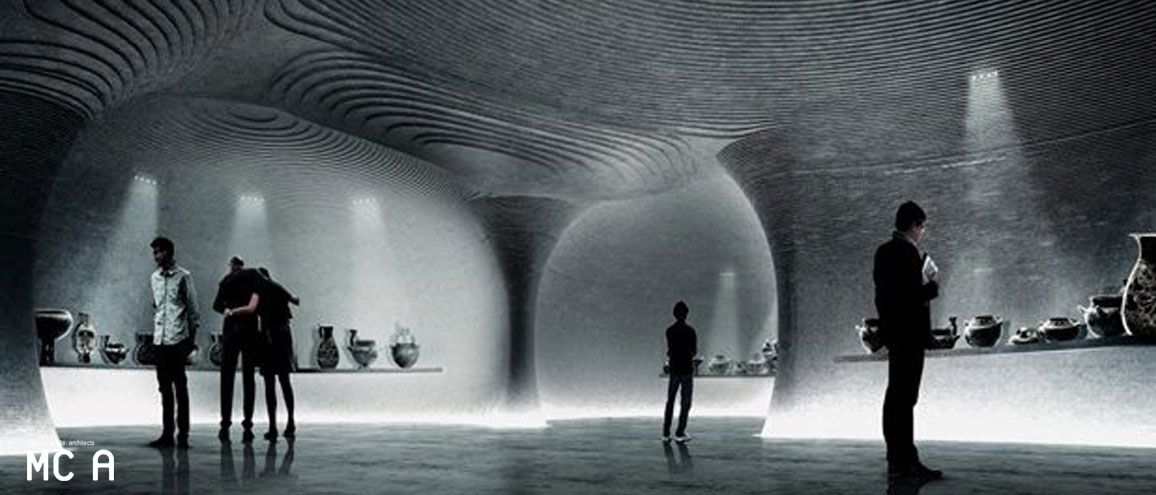An Etruscan miracle in Milan

Published
08 May 2019
Reading
3 min
By Stefano Rejec
Palazzo Bocconi-Rizzoli-Carraro is becoming a time machine in honor of the Etruscans, one of the most mysterious civilizations in history.
The next miracle in Milan has been announced for 2020 when the Museum of Etruscan Art will open at 52 Corso Venezia. A visit to this museum will be a journey through time, during which you can step into the world of this ancient Central Italian civilization in an underground setting, surrounded by the 19th-century architecture of the building, whose main floor was restored during the ‘60s by architect Filippo Perego. A wonderful time machine, yes, but also a very concrete project created and developed by the Luigi Rovati Foundation.
As Giovanna Forlanelli Rovati, vice-president of the Foundation, explained, «the museum in Palazzo Bocconi-Rizzoli-Carraro will be so much more than just an exhibition space for our collection. It will also be an experimentation and research center for Etruscan art scholars, which will cooperate with other archaeological sites, such as the museums in Tuscany and Lazio».
There is plenty of space: 3,500 sq.m over seven floors, two of which are underground and will house the actual museum. The lobby, coffee bar and bookshop are on the first floor. Then, there is a mezzanine floor with all the offices, the main floor where works of Etruscan art will be showcased next to contemporary artworks, a floor with a conference room, a study room, laboratories, and a space for temporary exhibitions, and a restaurant on the top floor. All this in the name of sustainable energy.
The enthusiasm of everyone involved in the project is palpable. «At one point, the building was like suspended in midair. Once the foundations were removed, there was only an engineering contraption holding it together», said Mario Cucinella, the architect behind the Museum of Etruscan Art, who drew inspiration from the Etruscan tombs of Cerveteri to design it. «But also from the underground museum of the treasure of the San Lorenzo Cathedral in Genoa».
It was only fitting to display the 300 pieces from the Rovati collection (which consists of 4,000 pieces) in the underground area, given the special relationship between the Etruscans and the afterlife, as demonstrated by the precious bucchero and impasto vases, jewelry, sculptures, urns, and cups selected for the permanent exhibition.
« That’s why we have created a pathway with light and shadow effects under three domes» explained Cucinella. It’s a metaphor for a civilization in balance between life on Earth and the afterlife. «We wanted to create a suspended ambience. That’s why the vases will rest on almost invisible bases giving the impression that they are hanging midair. The acoustics will also enhance the experience by preserving a degree of reverberation so that visitors can hear the echo of their footsteps and whispers».
This museum will be part of a larger cultural district that includes the nearby planetarium, museum of natural history, contemporary art pavilion, and modern art gallery. A new meeting point in town, also thanks to the building’s garden that is separate from the museum, which will also be restored.
To this end, Marilena Baggio, the landscaper in charge of the garden’s restoration, has got lots of ideas in mind inspired by New York’s pocket gardens.








